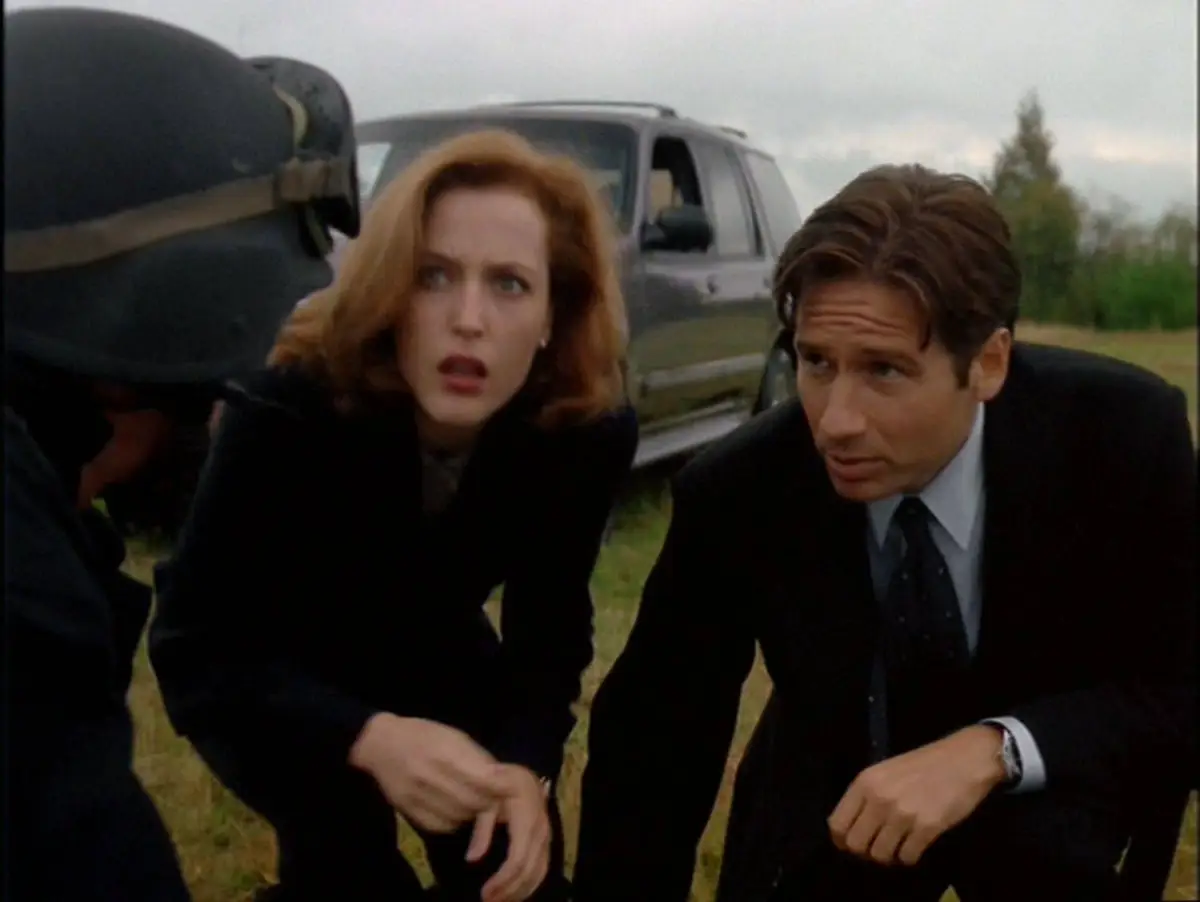We need more GIFs of Mulder and Scully high-fiving: Russian news agency ITAR-TASS reports that cosmonauts have found microorganisms on the exterior of the International Space Station. Vladimir Solovjev, head of the Russian ISS mission, has confirmed the discovery and says the findings are
absolutely unique […] We have found traces of sea plankton and microscopic particles on the illuminator surface. This should be studied further.
The microorganisms were discovered in samples collected by the cosmonauts during a space walk. At this point it’s not clear if the particles and plankton were developing or how they came to be on the outside of the ISS, although the cosmonauts have reportedly ruled out accidental transportation via spaceship traffic. According to ITAR-TASS, the Russian Space Agency is considering the explanation that atmospheric currents are transporting the plankton and particles from the ocean to the ISS—205 miles above Earth.
Regardless of how the organisms came to be on the Space Station’s exterior, the discovery could help humans learn more about how life travels and is transported through the Universe—if the Russian Space Agency’s claims are valid, that is. NASA spokesman Dan Huot told Space.com,
As far as we’re concerned, we haven’t heard any official reports from our Roscosmos colleagues that they’ve found sea plankton,I’m not sure where all the sea-plankton talk is coming from […] The Russians did take samples from one of the windows on the Russian segment, and what they’re actually looking for is residues that can build up on the visually sensitive elements, like windows, as well as just the hull of the ship itself that will build up whenever they do thruster firings for things like re-boosts. That’s what they were taking samples for. I don’t know where all the sea plankton talk is coming from.
NASA scientist Lynn Rothschild seems less surprised than her Russian peers, saying “there is a long history of U.S. and European missions proving that microbes could survive in low Earth orbit for extended periods of time.” Unlike the cosmonauts, Rothschild also thinks it’s likely any possible plankton or particles could have simply stowed away on the space station module when it was launched.
As always, I want to believe.
(via Sploid)
Are you following The Mary Sue on Twitter, Facebook, Tumblr, Pinterest, & Google +?








